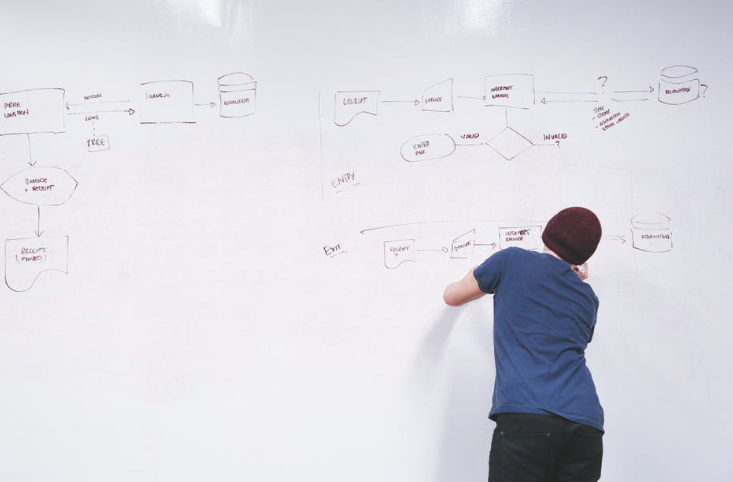
An Interview with a Product Designer: 12 Questions Answered
This piece is a part of ‘The Career Strategist’ blog series
This is the second installment of a three-part interview series with some of the designers we have at Hired. We’ve previously discussed user experience design with Kelly Gagnon, a UX Design Lead here. Next, we’ll learn from Alex Couch, a Senior Product Designer, about his experience in the world of design, his work as a product designer, and his time at Hired.
Brittany: Can you tell us a bit about yourself?
Alex: I’m a married dude in San Francisco who has a dog and a pretty cool job. Not bad!
Brittany: How did you get into design?
Alex: Mine’s been a long and winding road, from being a media buyer at an ad agency down to product design and development. The way I think of it, I started at the top of the classic “Marketing Funnel” and kept hopping projects until I’d slid all the way down.
Brittany: What kind of work are you responsible for at Hired?
Alex: I’m more of a “growth designer” working on our Acquisition team. That means I’m working more on our public websites – things like landing pages, first-time flows, SEO efforts, all that. I also lead our early design system efforts that kicked off again this year.
Brittany: Can you elaborate on what these “early design system efforts” are? What does this entail?
Alex: Well… it’s complicated. But basically we’re building the foundations to make our design system as robust as other known design systems like Shopify’s Polaris and WeWork’s Plasma. There’s a long road ahead of us, but in the short-term it’s a lot product inventory and definition: what fonts, colors, containers, and inputs do we use? What’s the consolidated set we want to settle on? What are the rules and theories behind our interfaces? It’s exciting (if often humbling) work.
Brittany: Can you describe your day-to-day as a product designer?
Alex: I like to get a good mix of “headphones time,” (when I’m heads-down working on designs, specs, and other deliverables), and face-to-face time (meetings and chats). Something like 60 / 40. You can’t get all the information and ideas you need by sitting at your desk all day; but at the same time, I feel like you need some quiet isolation to really work through ideas and builds.
Brittany: Can you elaborate on what your heads-down time looks like? For instance, what kind of tools and resources are you using when working on designs?
Alex: Well, technically “heads down” is often “head looking at a computer screen,” so you got me there. My workflow goes from paper sketches, to design exploration in Sketch, to feedback-gathering in InVision, and finally to refinement and specifications (also in Sketch). And if it’s very pixel-oriented work, I’ll often spend some time with static CSS documents, too, to dial in just the right styles.
Brittany: How do you approach product design at Hired? In your experience, does it range greatly from company-to-company?
Alex: Yes, every organization I’ve been in (from in-house to agency work) has been really different in how they position design. Design at Hired is purpose-driven and outcome-oriented: what problem are we trying to solve, and how will we know if we’ve fixed it? On my team, we try to be efficient with our time, so we’re constantly testing to figure out what works (and what doesn’t) so we know how to budget our efforts.
Brittany: In your opinion, can you describe the work of a great product designer? What contributions do they make to the overall product?
Alex: Hmmm, well product design is such a broad role – from user interviews to code, at its broadest definition – that I guess a great product designer is one that can be flexible in how they fit in a team to make a product better. Really, making “great designs” doesn’t help the user if it doesn’t see the light of day; but if the designer can work through the constraints and challenges that they face day to day, they’re more likely to improve users’ experiences.
Brittany: Do you have a personal design, or specifically product design, philosophy you live by or guidelines you follow?
Alex: Sure: be empathetic, open-minded, and think big… Most modern product designers would probably subscribe to that, but you should also be pragmatic and realistic. So much of design is about working within limitations. If I want to solve a problem with solution X, could I pretty much solve the same issue in half the time with solution Y? Then let’s do Y! Remember, all of the time, effort, and engineering resources you spend on a given problem is less time you’ll spend coming up with other ways to improve your users’ lives.
Brittany: Where do you find inspiration for your work in product design?
Alex: I’ve got a few newsletters and things I read up on, especially UX Design Weekly, Muzli, and tons of stuff on Medium. There are also specific companies I consider inspirations – like MailChimp, Stripe, Framer, and Google’s Material Design – that practice sensible and thoughtful product design.
Brittany: What areas of product design are often overlooked?
Alex: I’ve been saying it for years: design needs to get better at analytics. Modern UX designers love some good ol’ fashioned qualitative research – interviews, card sorting, usability studies, etc. – but quantitative data can tell you a lot about your user types and behaviors. Too bad you don’t see many resources or tools dedicated to the practice.
Brittany: What can we expect to see in terms of product design from Hired in the future?
Alex: Well, in the short-term, I’m working to make our entire design system more universal, rational, and accessible: things like unified patterns, more readable fonts, more intuitive inputs. In the longer term, we’re helping bring more meaningful interactions to the highly-emotional space that is job-seeking and hiring.
Related blog posts
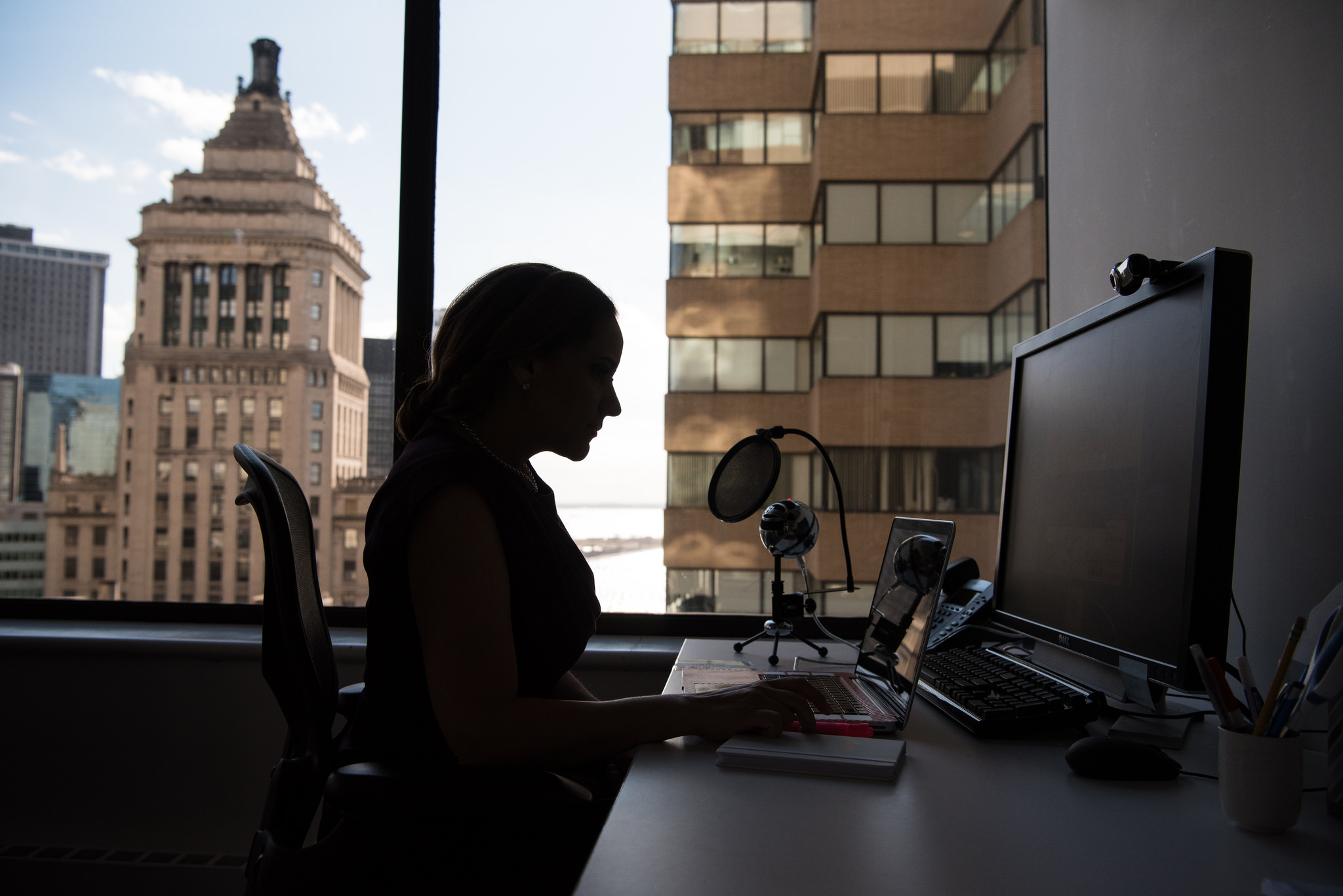
Is My Job Too Much Work for One Person?
4 Strategies to Address Feeling Overwhelmed at Work Whether you work for a startup or...
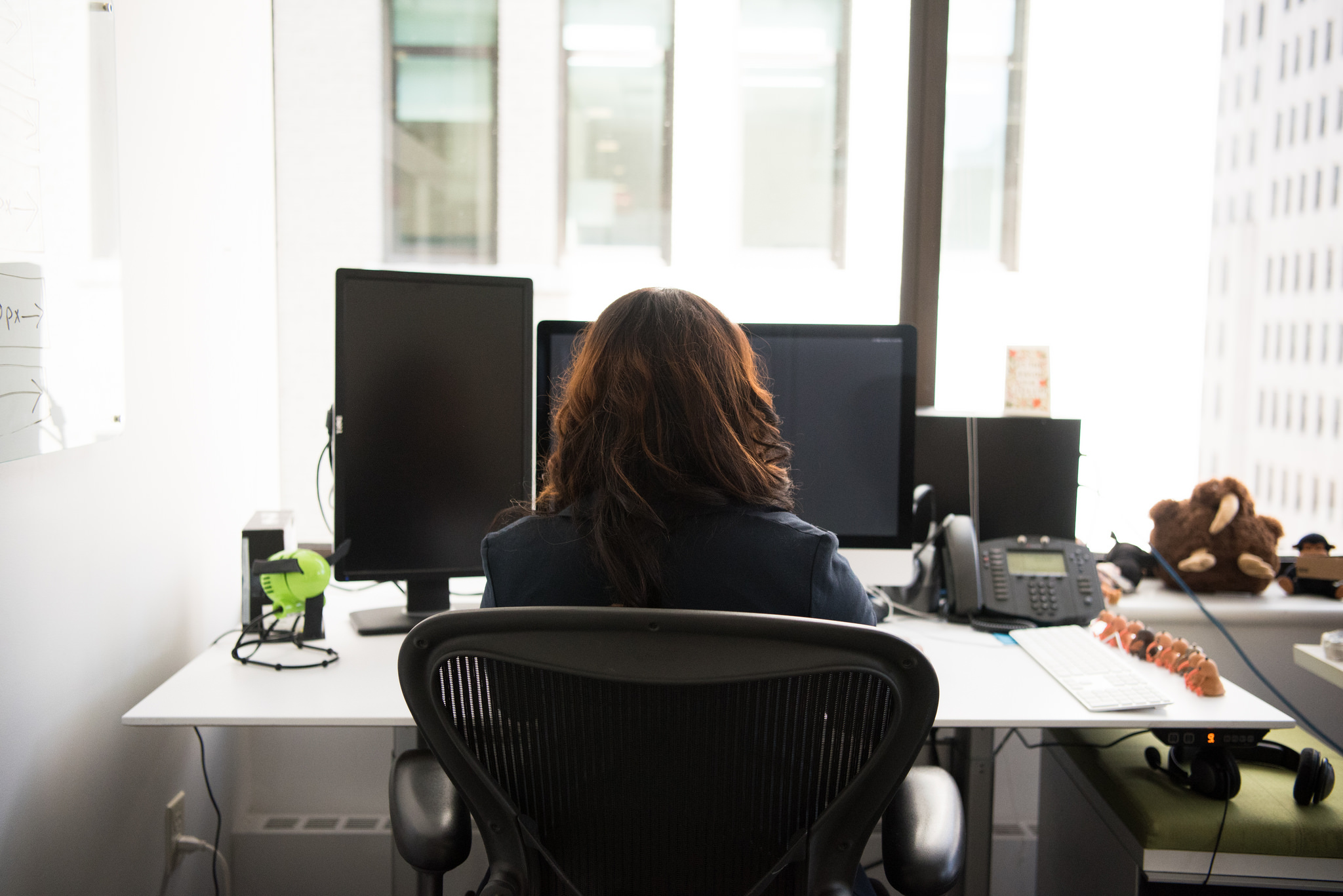
Are You Burnt Out (Or Do You Really Just Hate Your Job)?
The difference between the two and what to do about it Your career may be a large part of your...
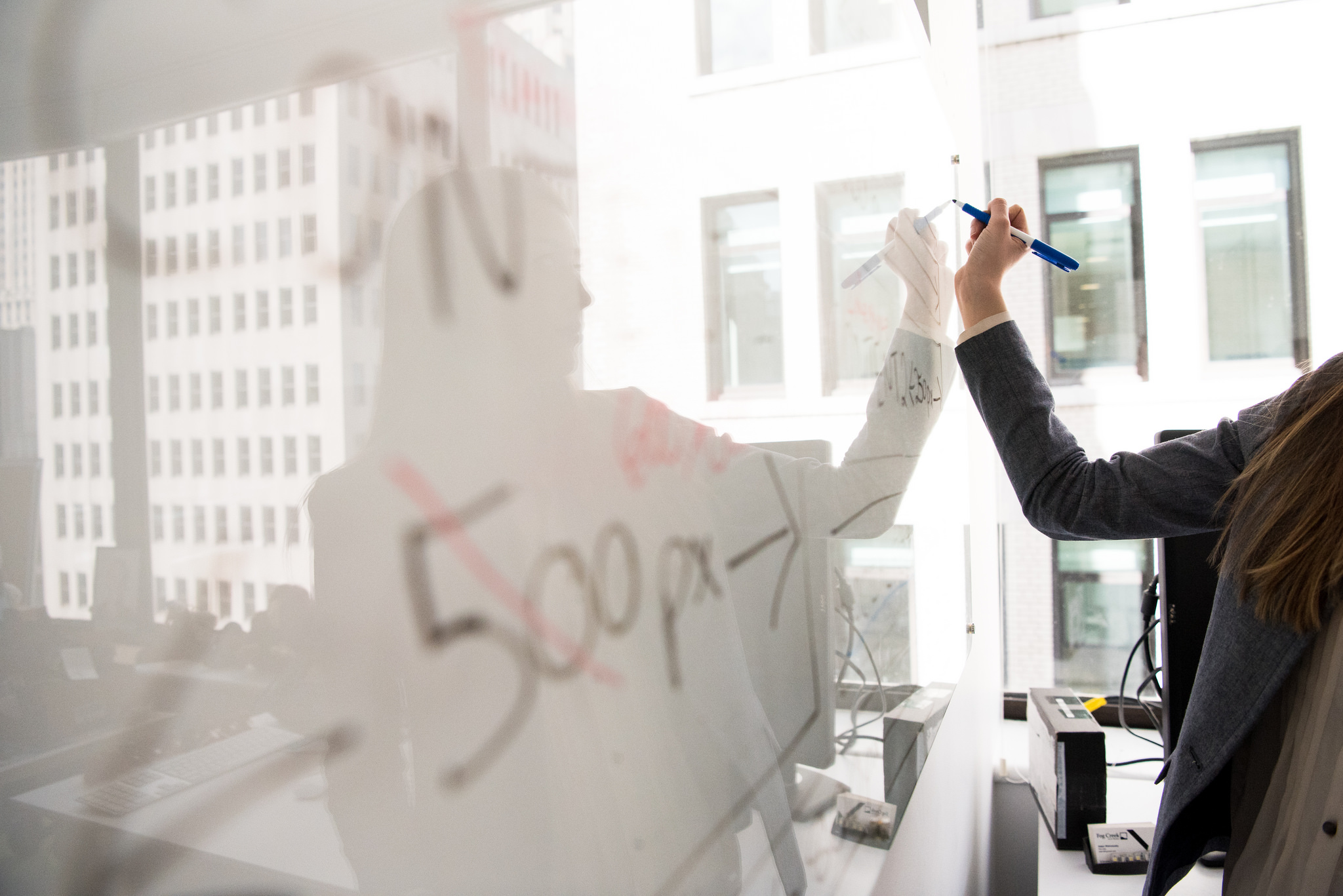
4 Things Every Engineer Must Do Before A Technical Interview
In order to become an expert on something, mere talent or aptitude is not enough. According to...
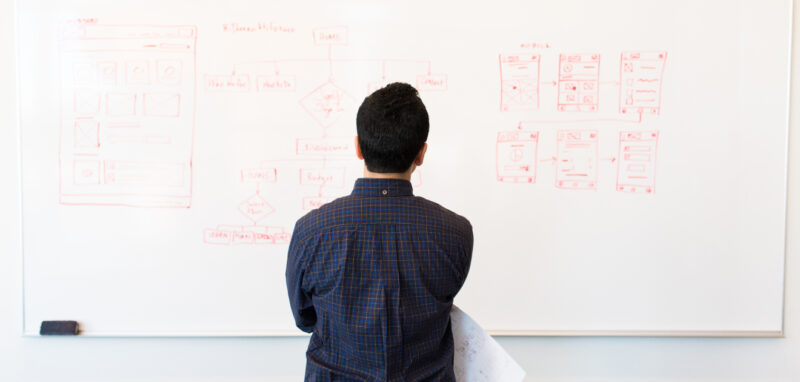
Where Do Engineer Salaries Pay the Best (Highest) Standard of Living?
Opportunity shifts from higher cost-of-living markets The rise in remote work prompted...
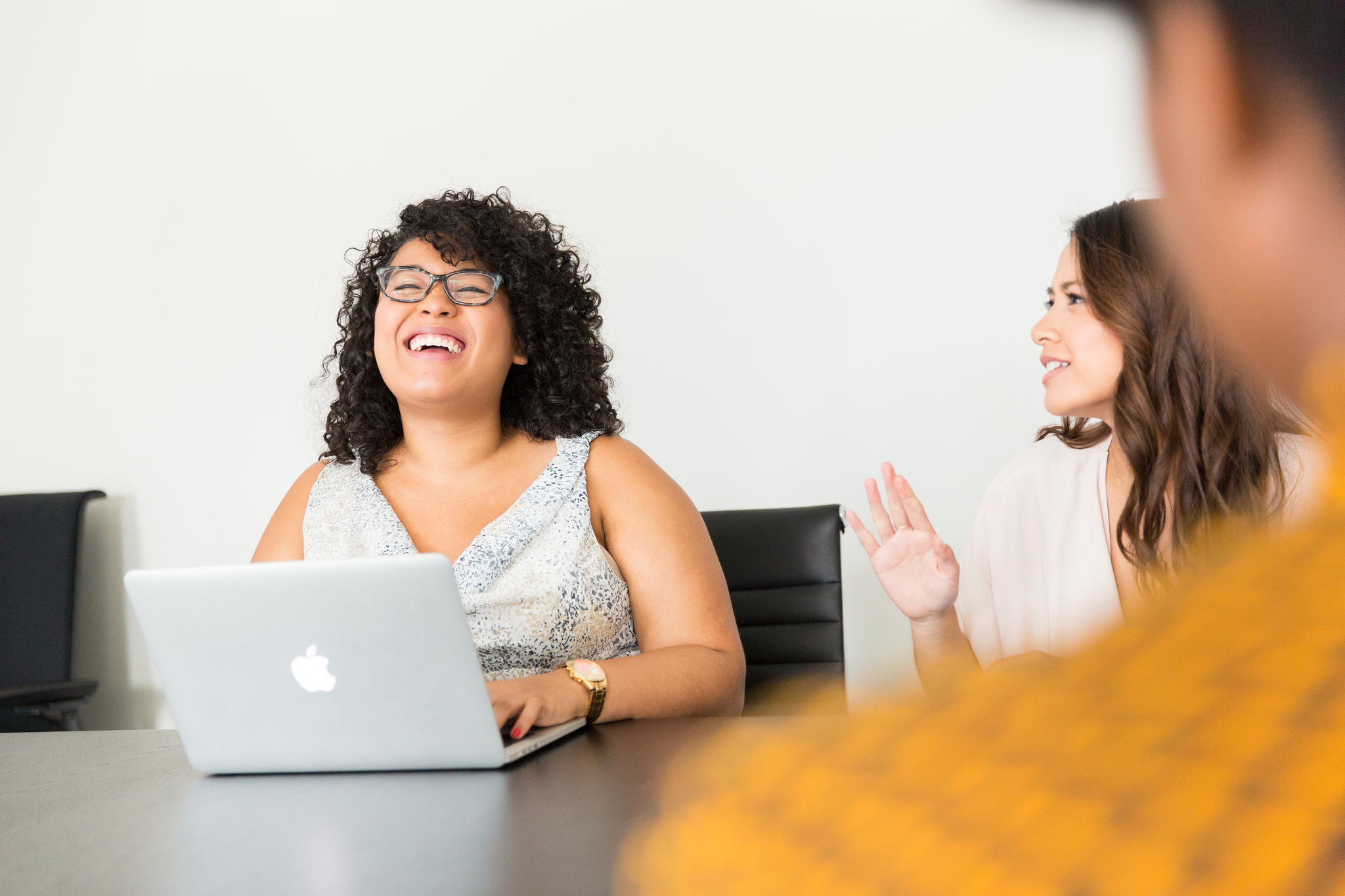
What Makes You Love Your Job? 6 Crucial Job Happiness Indicators
In a world with increasingly long workweeks and demanding workplace expectations, there’s a...

Salary Negotiation 101: How to Know and Ask For Your Salary Worth
Salary negotiation is a difficult task for everyone. That goes for whether you’re just...

